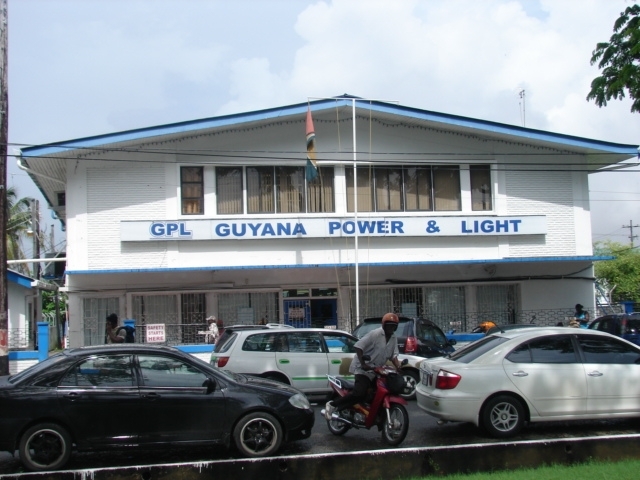(Argus, 14.May.2019) — Venezuela’s crude production has dropped to around 500,000 b/d as sluggish export loadings and replete storage force state-owned PdV to shut in wells, four company officials tell Argus.
The decline is most pronounced in the Orinoco heavy oil belt, where production has dwindled to less than 200,000 b/d in recent days, compared with more than 700,000 b/d in early May. The oil belt is traditionally the largest source of Venezuelan crude, but US oil sanctions have exacerbated underlying operational problems to stifle flows. A year ago the oil belt was producing around 1mn b/d.
PdV´s three operational heavy crude upgraders, which the company runs with foreign partners, have halted processing in anticipation of a transition to less complex crude blending with lighter grades. A fourth upgrader, wholly owned Petro San Felix, has been off line since last year but it will also shift to blending, the PdV officials say.
It is not clear if PdV´s minority partners — Chevron in PetroPiar, Russian Rosneft in PetroMonagas, and Total and Equinor in PetroCedeno — have all signed off on the shift to blending. Two PdV officials said the company would assume all marketing rights of the blended crude. In contrast, PdV´s partners could market their share of the syncrude.
PdV´s partners routinely decline comment on their Venezuelan operations.
The steep decline reverses modest output gains following a half a dozen nationwide electricity blackouts in March that disrupted oil production and exports. Argus estimates April production at around 800,000 b/d compared with 790,000 b/d in March.
“All production that is transported as DCO is shut in,” a senior PdV official said, referring to the Orinoco crude that is diluted with naphtha for pipeline transport to the Jose upgraders and blending facility. The US sanctions imposed in late January cut off the US market and ended US sales of naphtha to Venezuela.
The PdV officials blamed the steep decline on a dearth of storage capacity, on top of chronic operational issues such as unstable power supply, equipment theft, a shortage of chemicals and labor flight.
PdV has been forced to store more of its crude because exports are not keeping pace with production, even at the reduced level. The backlog in exports is mainly a consequence of US oil sanctions, which cut off the US market, traditionally the largest destination for Venezuelan barrels. The exports that are getting out now are going mainly to India and China.
Crude production in PdV’s western division, which is concentrated in and around Lake Maracaibo in Zulia state, currently averages about 150,000 b/d compared with about 300,000 b/d in 2017 and 600,000 b/d in 2015. Eastern division output is running along the same downward trend.
PdV is currently working on transforming the upgraders, which have a combined capacity to produce 600,000 b/d of synthetic crude, into blending facilities to yield more 16°API Merey crude favored by its Chinese and Indian clients. Much of the synthetic crude produced by the upgraders since the late 1990s was shipped to the US, where refiners are no longer allowed to buy Venezuelan feedstock.
PdV already runs the PetroSinovensa blending plant in Jose in conjunction with China´s state-owned CNPC. The plant has been able to weather the industry´s structural problems better than the upgraders, in part because of independent back-up power supply but also because of greater availability of lighter grades. CNPC also plays a broader operational role at the plant.
Political tensions spike
The steep decline in Venezuelan production coincides with rising political tensions. The opposition-controlled National Assembly was forced to cancel a legislative session today after government security forces, including Sebin intelligence, national guard and police, blocked the entrance to the assembly chamber in downtown Caracas this morning.
Venezuelan turmoil has escalated since a failed 30 April military uprising that the opposition had hoped would topple President Nicolas Maduro. Instead, the government has intensified a crackdown on dissent, forcing several of the assembly deputies into diplomatic compounds and others into exile.
The US-backed opposition led by Juan Guaido, considered interim president by most western countries, is lobbying Washington for possible military action. But senior US military officials have stated that sanctions and diplomacy remain the primary options on Venezuela. The White House is also currently preoccupied with Iran and internal politics.
***
